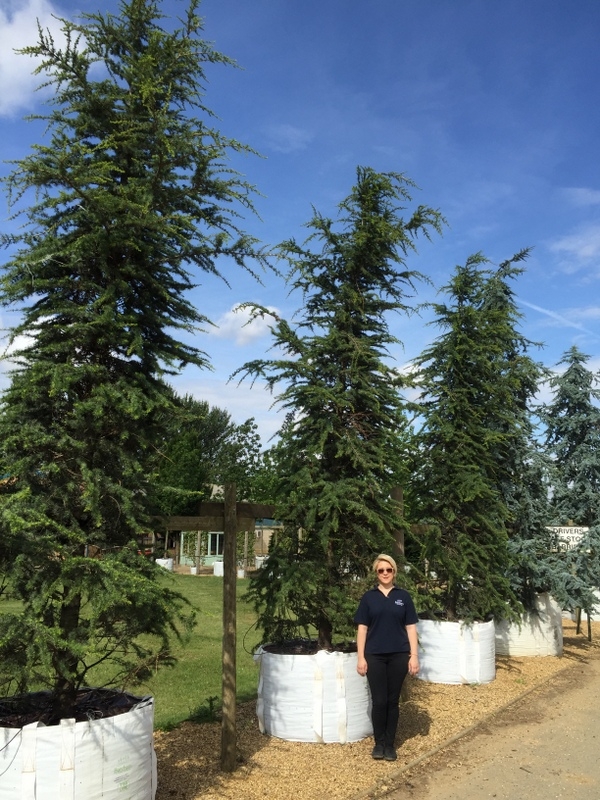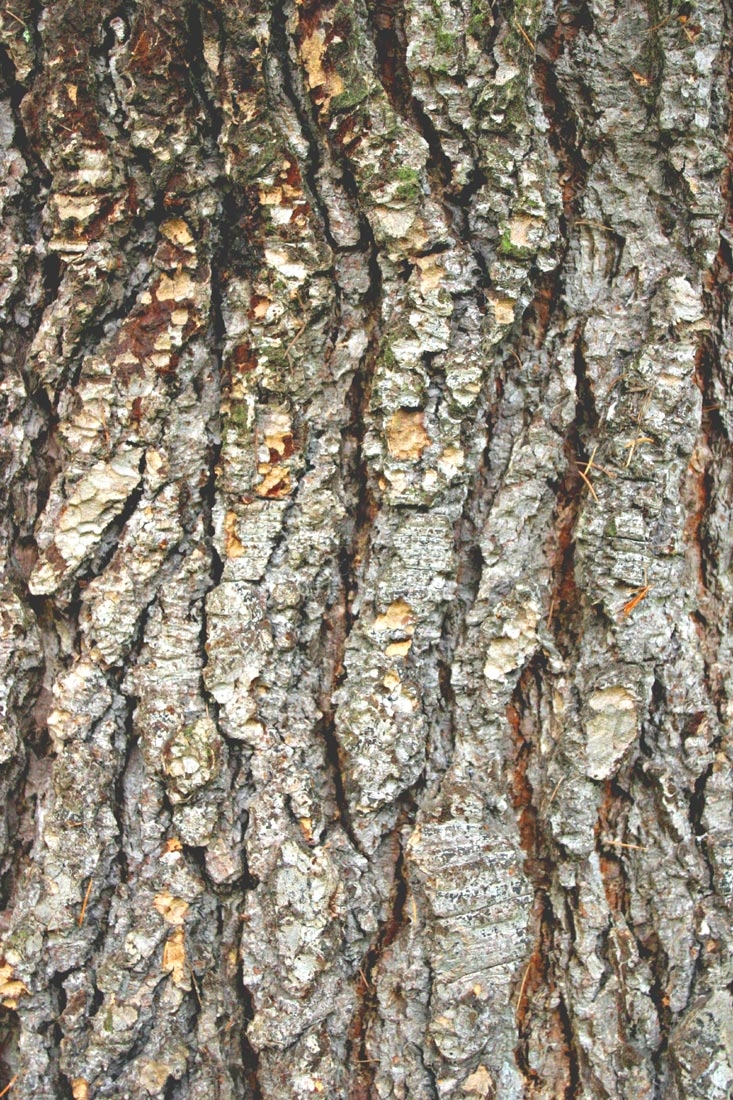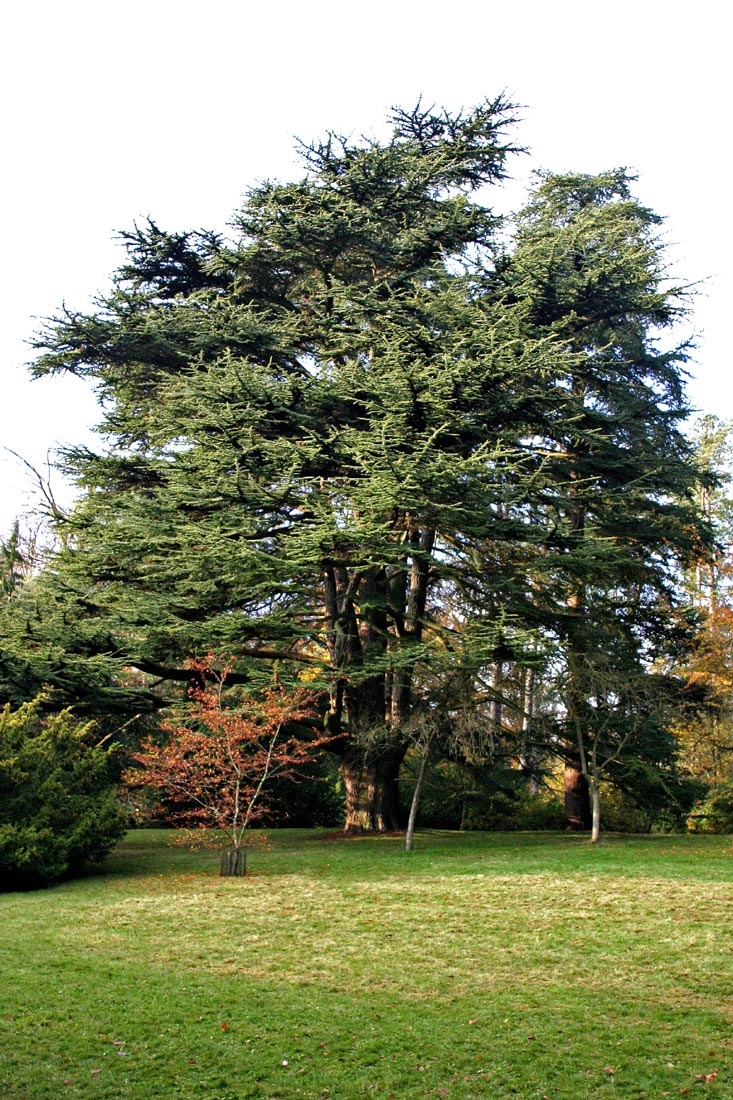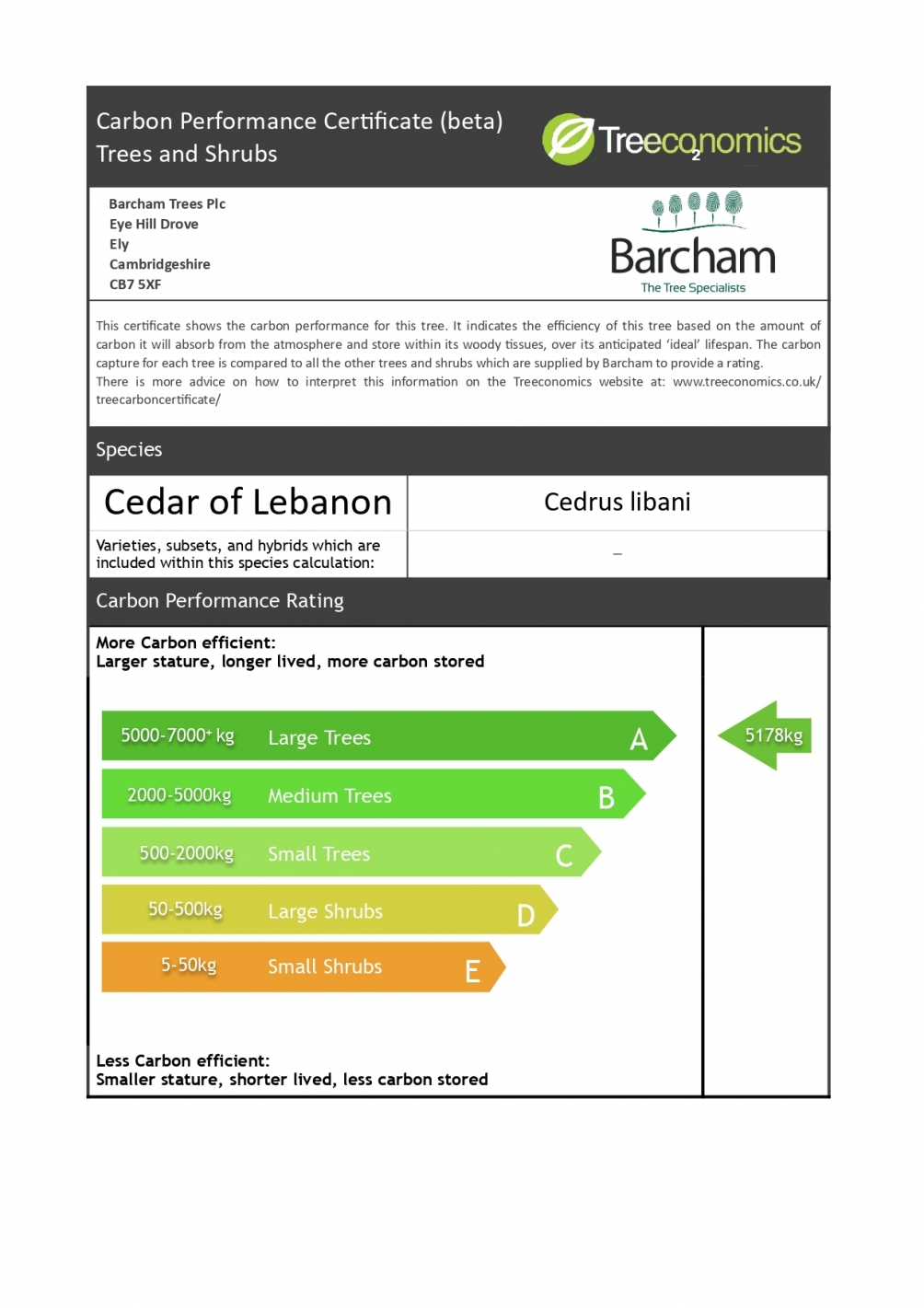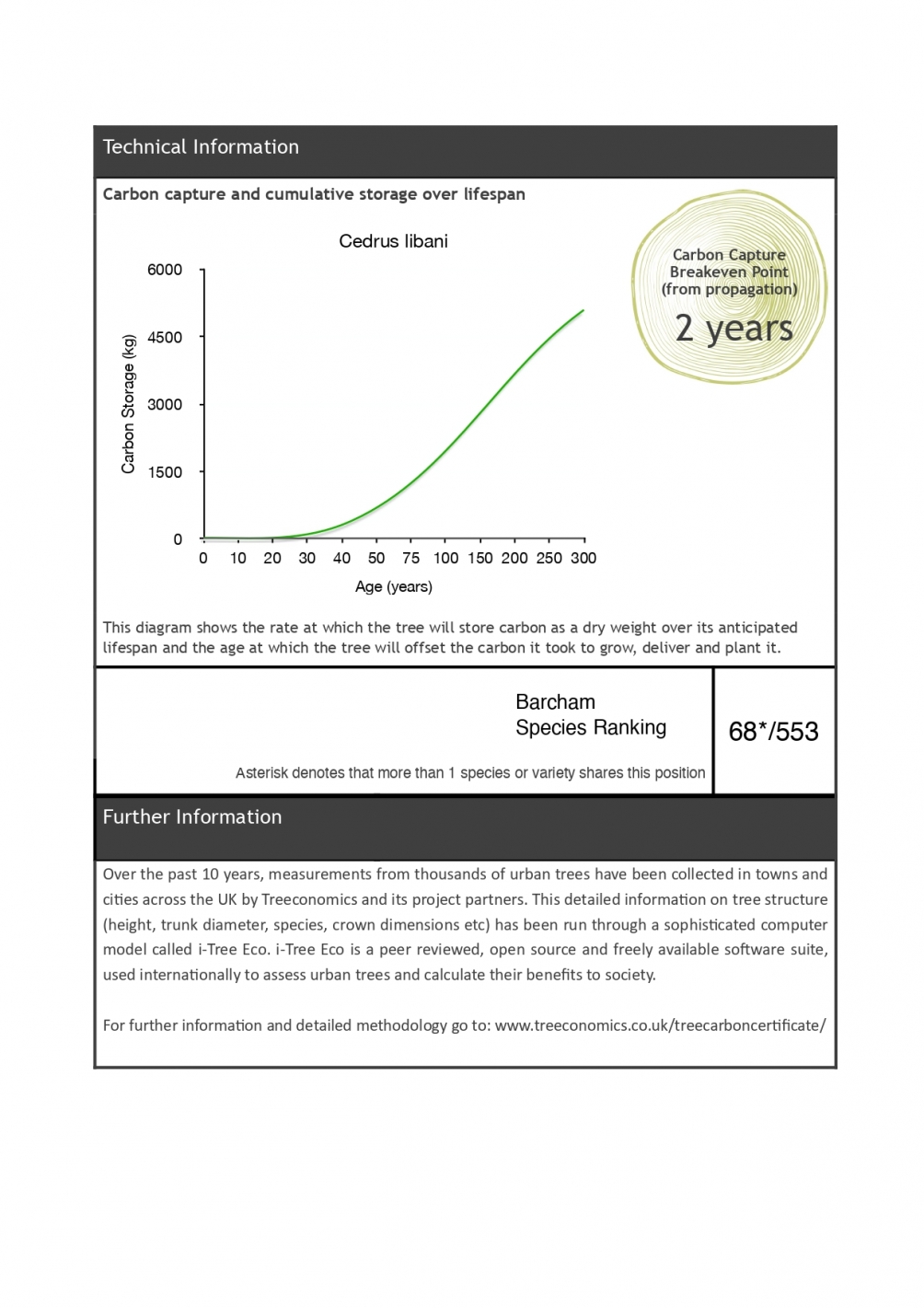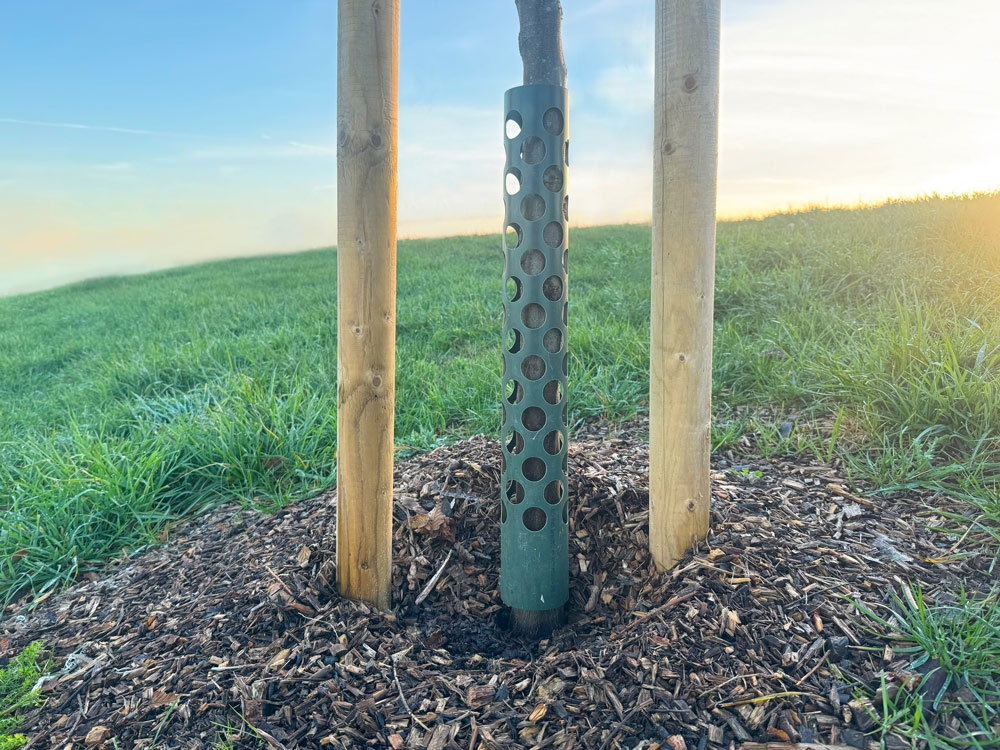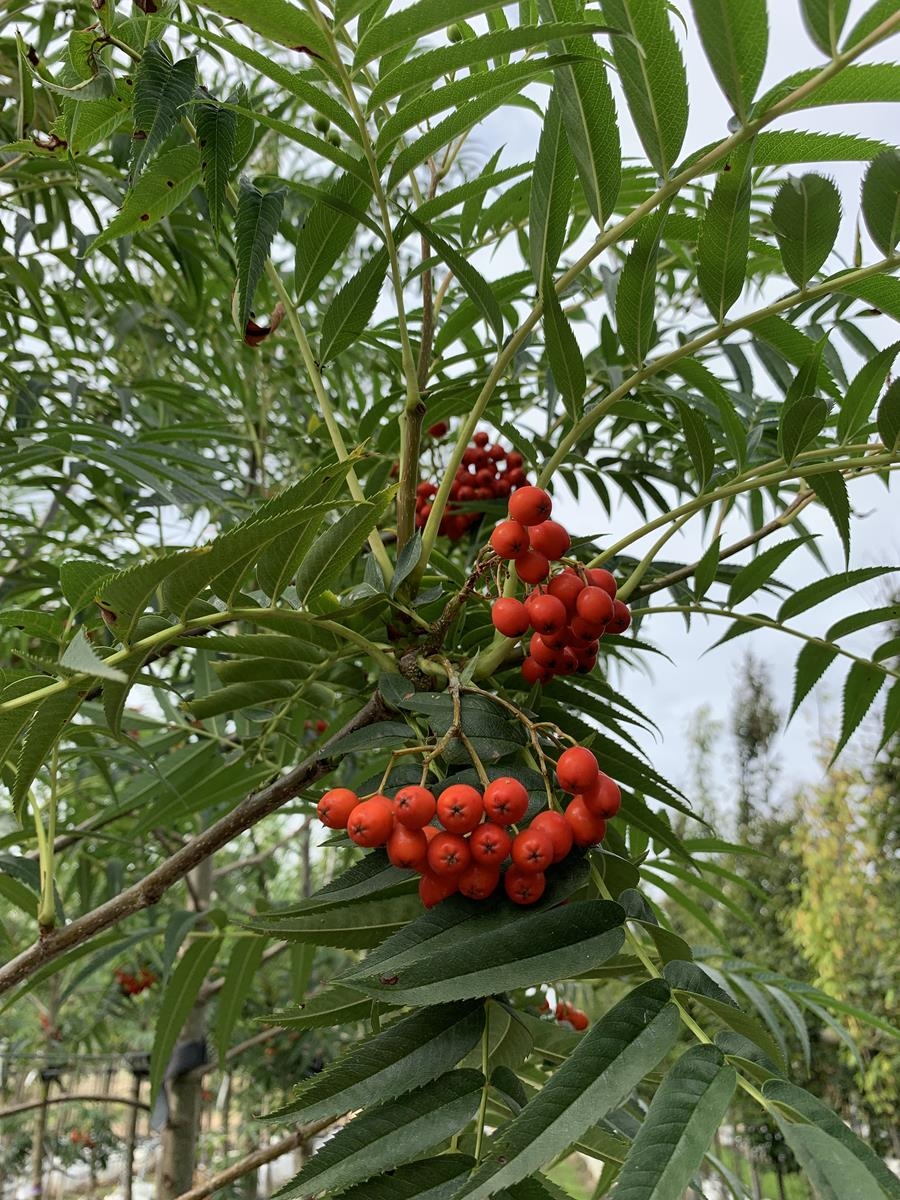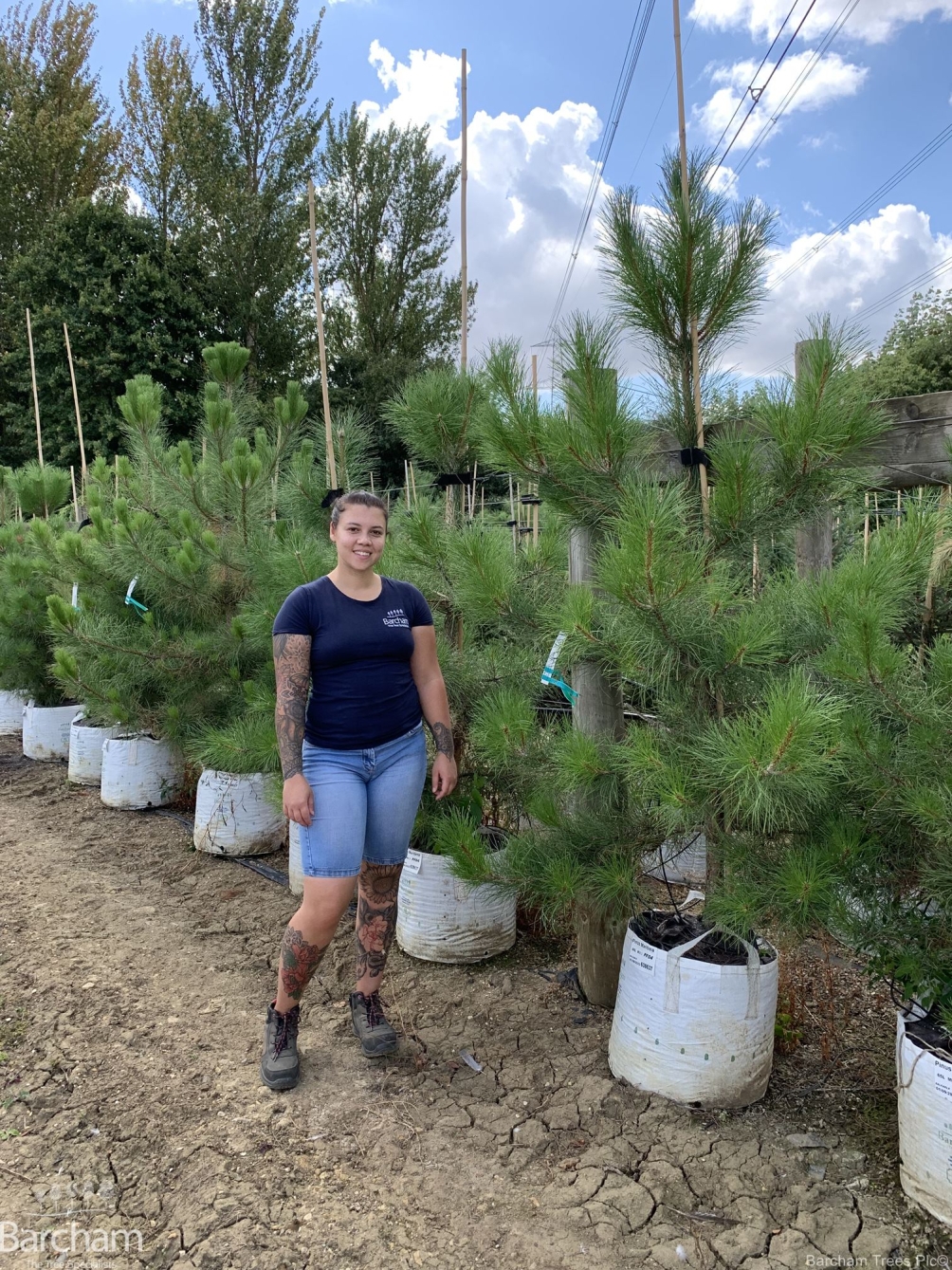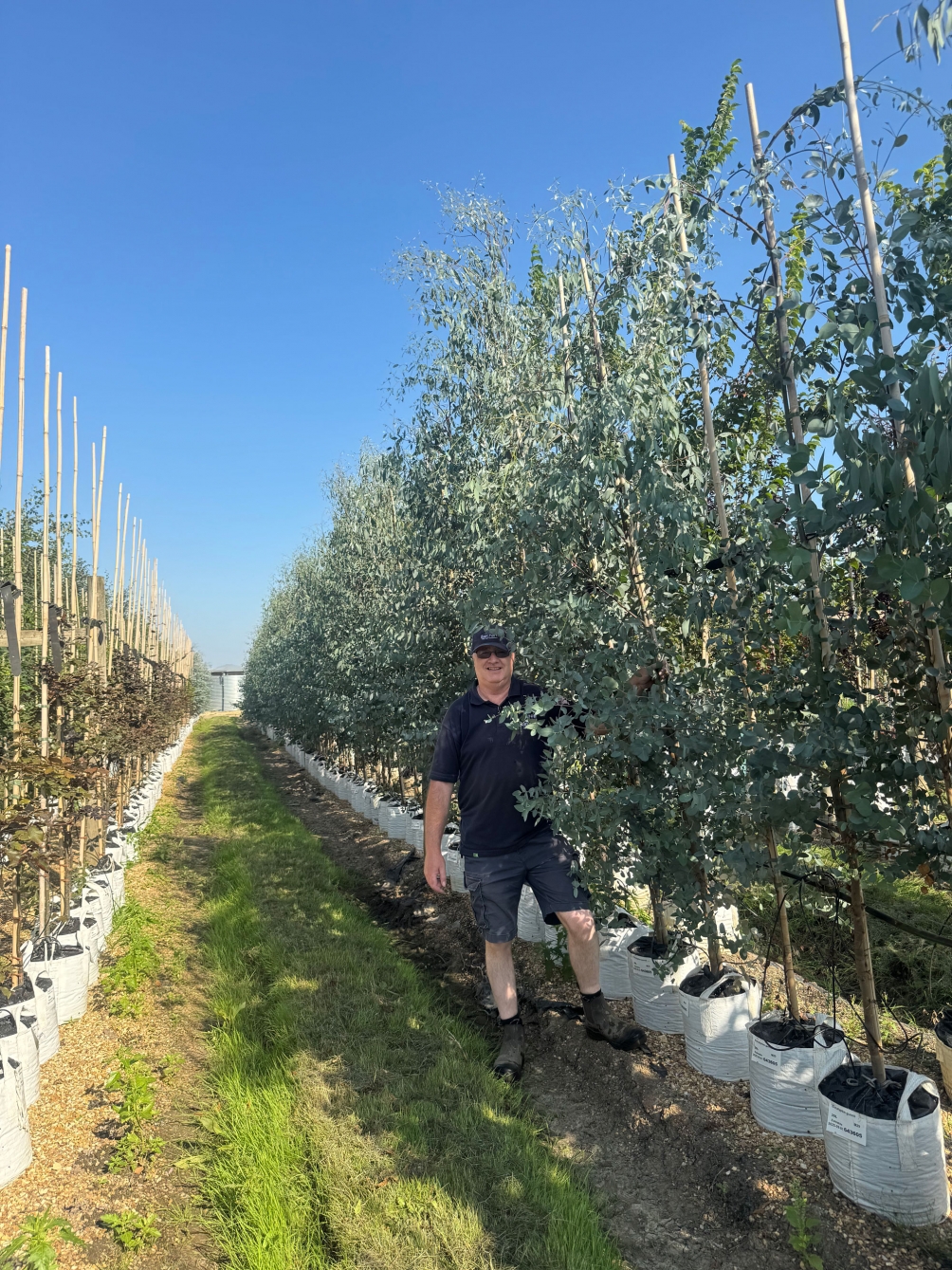Cedrus libani
Cedar of Lebanon
It is slower growing than the Atlas Cedar conical when young before assuming the flat topped and tiered habit of maturity.
Read more about this productProduct details
ew trees deciduous or evergreen can compare with beauty and elegance of a mature Cedar of Lebanon.
Some think it is its own species or that it is a geographical sub species of Cedrus atlantica but either way there is little to choose between them.
It won the Award of Garden Merit in 2002. One of the most majestic of all trees and extensively planted as part of the enduring landscape of some of our grandest stately homes and estates.
It is slower growing than the Atlas Cedar conical when young before assuming the flat topped and tiered habit of maturity.
Introduced to England around the time of the Civil War in the mid 1640s it has large barrel shaped cones and green or grey/green foliage.
It thrives on most soils though does not appreciate wet ground, it will tolerate occasional dry periods.
So impressive are the trees at the Cedars Conservancy Parks in Lebanon it was put forward as a candidate for the new listing of the Seven Wonders of the World. The variety ‘Brevifolia’ is sometimes listed and is a native of Cyprus.
Cedar of Lebanon has been very important to many civilizations including the ancient Egyptians who used its resin for mummification. Sawdust from the tree has also been present in many of the Pharaohs tombs. However its range has been sadly depleted over time as its timber has been too highly prized by humankind and much of the original forests are no more.
Mature height: 20m+
Mature spread: 10-15m
Some think it is its own species or that it is a geographical sub species of Cedrus atlantica but either way there is little to choose between them.
It won the Award of Garden Merit in 2002. One of the most majestic of all trees and extensively planted as part of the enduring landscape of some of our grandest stately homes and estates.
It is slower growing than the Atlas Cedar conical when young before assuming the flat topped and tiered habit of maturity.
Introduced to England around the time of the Civil War in the mid 1640s it has large barrel shaped cones and green or grey/green foliage.
It thrives on most soils though does not appreciate wet ground, it will tolerate occasional dry periods.
So impressive are the trees at the Cedars Conservancy Parks in Lebanon it was put forward as a candidate for the new listing of the Seven Wonders of the World. The variety ‘Brevifolia’ is sometimes listed and is a native of Cyprus.
Cedar of Lebanon has been very important to many civilizations including the ancient Egyptians who used its resin for mummification. Sawdust from the tree has also been present in many of the Pharaohs tombs. However its range has been sadly depleted over time as its timber has been too highly prized by humankind and much of the original forests are no more.
Mature height: 20m+
Mature spread: 10-15m
Tree Specifications
Common names
Cedar of Lebanon
Mature size
Tree type
Soil type
Shape
Tree features
Growth rate
Tolerances
Seasons of interest
Tree uses


